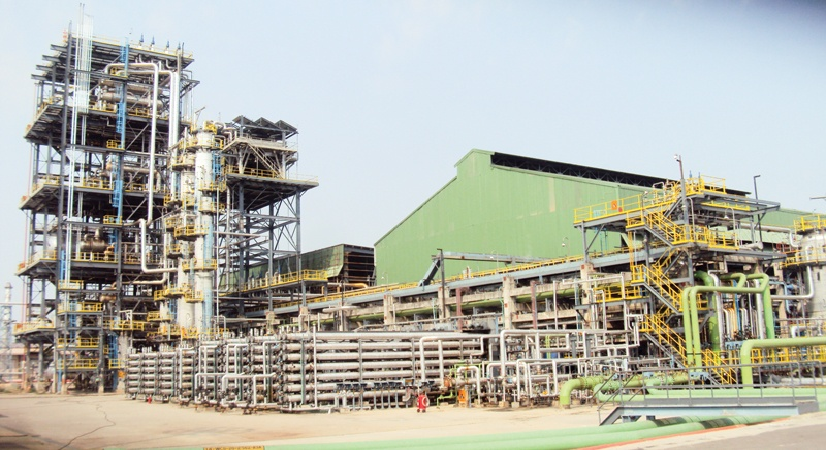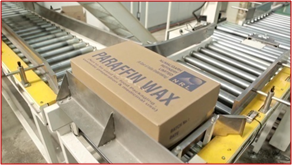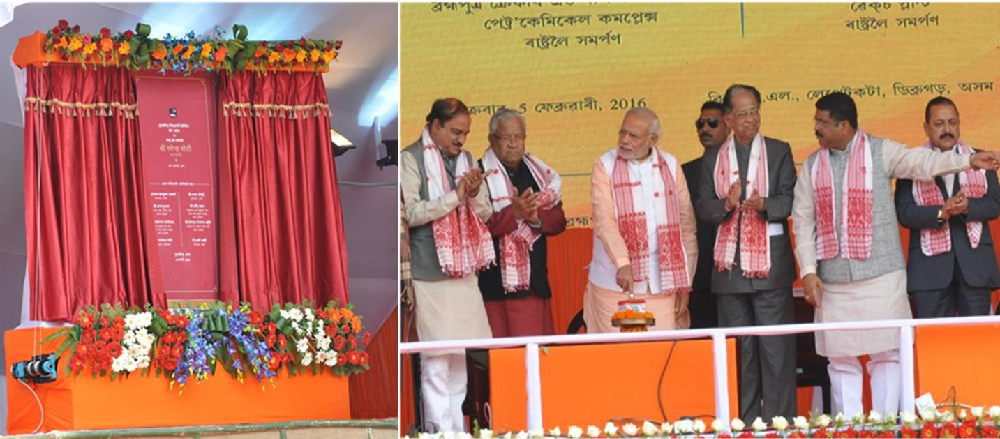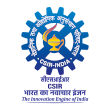From India importing to exporting wax: Indigenously developed CSIR technology turns the tide
From India importing to exporting wax: Indigenously developed CSIR technology turns the tide
Paraffin Wax is used for making candles, polishes, food packaging etc., while the finer Microcrystalline Wax is used by the cosmetic industry. In the past, India used to be a wax importer, just about everything from candle making to sealing waxes. Recently, CSIR-Indian Institute of Petroleum (CSIR-IIP), Dehradun along with Engineers India Ltd (EIL), New Delhi carried out collaborative research and jointly developed ‘Wax De-oiling Technology’ to produce ‘Paraffin’ and ‘Microcrystalline’ Waxes (MCW)’ from petroleum streams and the tide turned as the India is exporting wax today.
Based on the technology developed indigenously by CSIR-IIP and EIL, Numaligarh Refinery Limited (NRL) set up a grassroots ‘Wax De-oiling Plant’ with an investment of about Rs. 676 crores. This is the first wax plant installed by any petroleum refinery in India based on home-grown technology, that too with the largest investment in its category. NRL selected this Technology based on its superiority over available alternatives, and its faith has been vindicated by outcomes.
‘Wax De-oiling Plant’ with an investment of about Rs. 676 crores. This is the first wax plant installed by any petroleum refinery in India based on home-grown technology, that too with the largest investment in its category. NRL selected this Technology based on its superiority over available alternatives, and its faith has been vindicated by outcomes.
Assam crude oil, the mainstay of NRL’s feedstock slate, is highly waxy. Converting such crude to conventional transport fuels – diesel and petrol – requires high-severity hydrocracking, an expensive and energy-intensive process involving high pressure hydrogen. Paraffin and microcrystalline waxes sell at a higher price than diesel and petrol, so it is counterintuitive to convert the waxes inherent in the crude to fuels – but in the absence of a viable technology that used to be practice before this Wax De-oiling Plant technology emerged on the horizon.
CSIR-IIP and EIL fine-tuned the technology based on NRL’s requirements by incorporating several novel features and technological advances such as application of ‘Pinch Analysis’ in the Solvent Recovery Section which resulted in elimination of a 4.0 MMkcal/hr furnace, substantially reduced capital costs and made the process more energy-efficient. The NRL wax plant is designed to produce 45,000 MTPA of ‘Paraffin Wax’ and 4,500 MTPA of ‘Microcrystalline Wax’.
Currently, NRL is producing high quality and high value ‘Paraffin Wax’ of different Bureau of Indian Standard (BIS) grades by processing waxy stream available at NRL. The state-of-the-art Solvent De-oiling Technology uses Methyl-Iso-Butyl Ketone (MIBK) as a selective solvent and involves processing of waxy distillates in a series of steps comprising ‘Extractive Fractional Crystallization’, ‘Filtration’ and ‘Solvent Recycling’.
 The commercialization of Wax De-oiling technology at NRL has helped to increase Gross Refinery Margins (GRM) of the refinery, cut down India’s wax imports by about 50% and saved foreign exchange of the order of Rs 300 crores/annum. After setting up of the Wax De-oiling plant, the profitability of Numaligarh Refinery has increased by Rs 138.17 Crore for the FY 2020-21, this resulted in enhanced Gross Refinery Margin (GRM) to the tune of USD 0.87/bbl. At present, NRL claims an average market share of 44% for Paraffin Wax and more than 65 clients all over the country.
The commercialization of Wax De-oiling technology at NRL has helped to increase Gross Refinery Margins (GRM) of the refinery, cut down India’s wax imports by about 50% and saved foreign exchange of the order of Rs 300 crores/annum. After setting up of the Wax De-oiling plant, the profitability of Numaligarh Refinery has increased by Rs 138.17 Crore for the FY 2020-21, this resulted in enhanced Gross Refinery Margin (GRM) to the tune of USD 0.87/bbl. At present, NRL claims an average market share of 44% for Paraffin Wax and more than 65 clients all over the country.
NRL has also started export of wax to more than 20 foreign countries including Kenya, Nepal, Bangladesh, Thailand, Mexico, Hong Kong, Indonesia, Malaysia, and Egypt. This wax plant has generated substantial direct and indirect employment in the North-East region of India by spurring local industries for candles and other wax products. The CSIR-IIP-EIL technology enables Numaligarh Refinery to produce fully refined, Bureau of Indian Standards (BIS) Type-1 and Type-2 Waxes (Oil Content < 0.5%). NRL has also started production of ‘Food Grade Wax’ under the Trade name of ‘PRISTENE’ since 2019.
The Solvent Consumption per ton of feed 0.5 Kg per Ton has a created new international benchmark in Solvent De-oiling Processes of this type, about 30 percent lower than the industry average. The elimination of fired heaters (furnace), another unique feature, is testimony to CSIR-IIP’s capability of deploying pinch analysis in the design of industrial-scale heat-integrated plants.
The major advantages of this technology are : i) lower solvent-to-feed ratio with prudent filtrate recycle, ii) optimum solvent dilution scheme combining delayed dilution, iii) controlled crystallization for producing larger wax crystals with narrow crystal size distribution and iv) elimination of furnace from solvent recovery system, considerably reducing capital and energy requirements as well as carbon footprint.
The Numaligarh Wax plant was dedicated to the nation by the Honorable Prime Minister on 5th February 2016, and continues to be an shining example of collaboration between organizations at different points in the value chain: CSIR-IIP for basic research and the technology information package, EIL for engineering design, fabrication, erection and commissioning, and NRL for operations and marketing.

The commercialization of indigenous Wax De-oiling Technology is a great success under ‘Make in India’ program propelled by ‘Government of India’.
Efforts for further commercialization of Wax De-oiling technology in other petroleum refineries are being made. Marketing efforts for this technology in other refineries processing waxy crude in the country and upcoming new projects globally are underway.
Dr Anjan Ray
Dr Manoj Srivastava
Mr Manoj Kumar Thapliyal
CSIR-Indian Institute of Petroleum, Dehradun

 Pensioners Corner
Pensioners Corner Screen Reader Access
Screen Reader Access Skip to main content
Skip to main content
























